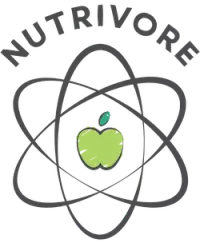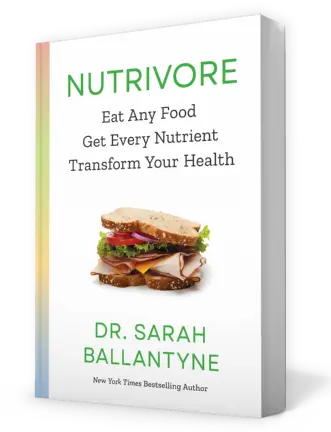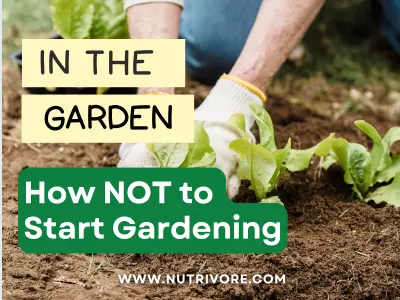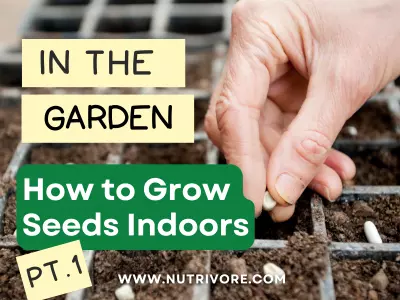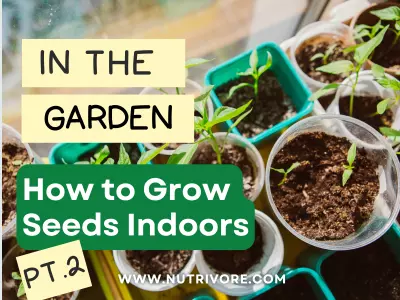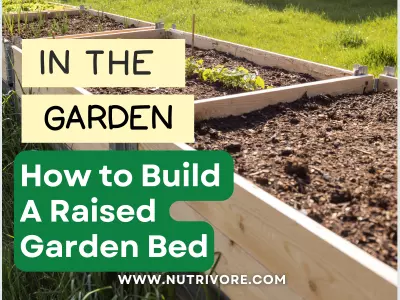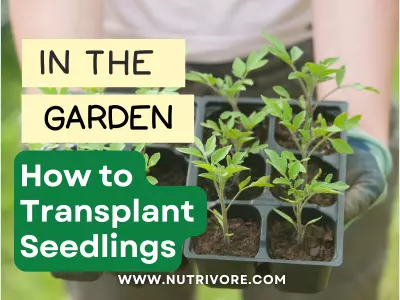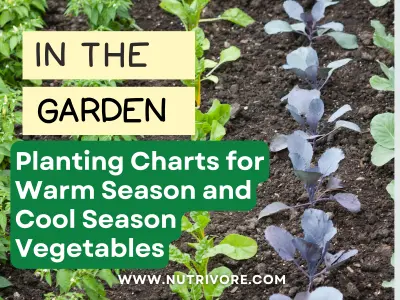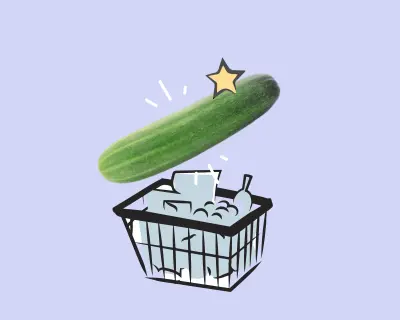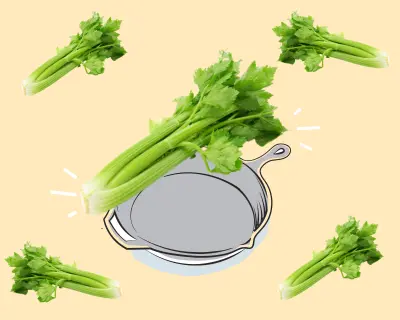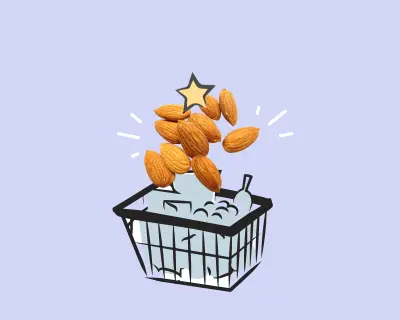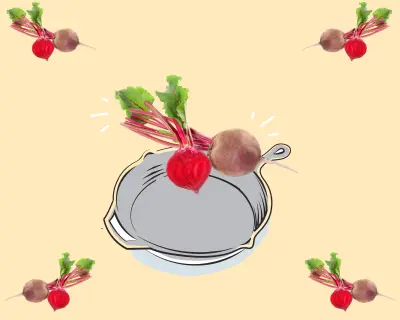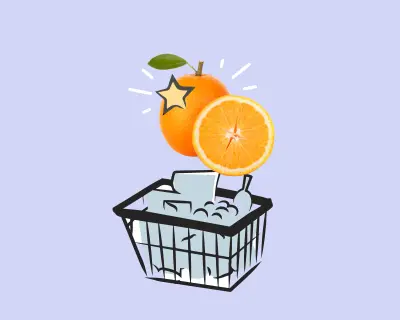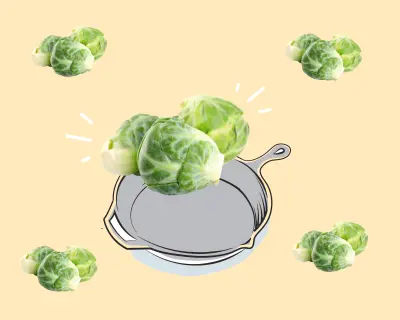Table of Contents[Hide][Show]
Understanding Your Soil
Plants use air, sunshine and water to photosynthesize. They take nutrients out of the fertile soil through their roots. Nutrients help plants grow, survive pests and compete with weeds.
My soil is silt and sand—very little clay. Clay holds water and nutrients in the soil. I wish I could just add clay to get that ideal 40% sand, 40% silt, and 20% clay soil texture. But I can’t bulldoze and replace my backyard’s topsoil. What would I even replace it with? Bagged topsoil at the box stores is cheap, but who knows where it comes from or what’s in it?
Why Soil Health Matters
The ground has dirt, subsoil and topsoil. Topsoil is alive—an interactive system of inorganic minerals, organic matter and living organisms.
Sandy soil means I don’t have the back-breaking work of digging through clay. But it also means that water drains quickly, washing out nutrients. Well, then, what if I just keep dosing with a commercial fertilizer—won’t plants just drink it up and grow as big and luscious as the photos on the label? No! I learn that plant roots can only utilize these nutrients if the microorganisms do their thing. They get the party started.
Addressing Soil Imbalances
Soil pH affects how much nutrition plants can absorb.
My soil is not only sandy, its acidic (like vinegar). Vegetables grow best in neutral topsoil (like pure water). In acidic soil, macronutrients just sit there like uneaten appetizers. I can neutralize my soil with dolomite lime. Lime applications need to occur several months before planting to take effect and will need to be reapplied, as, over time, soil reverts back to its natural state.
Prepping the Garden Bed
Earthworms, Arthropods, Nematodes, Mycorrhizal, Rhizobium and more are invited to an Autumn Garden Party
I decide to send out party invitations. I attempt to dig my hand into the soil. I can’t, confirming compaction. I weed-whack the grass as close to the ground as possible. (Some gardeners recommend a layer of cardboard to kill the grass, others say that cardboard isn’t earthworm friendly, as it cuts off their air. I choose the no-cardboard route.) than renting a rototiller, I loosen it gently with a pitchfork or broadfork to aerate the soil. (A rototiller would not only break up the soil; it would break up the party faster than anything!) I first sprinkle on dolomite lime according to the soil test recommendations. Next, I spread two inches of mushroom compost on top of the limed soil. Then I pile dead leaves, sawdust and pine shavings as mulch. (I find the pine shavings at a feed store, sold as small animal bedding material.) I cover the six-inch deep layer of compost and mulch with bird netting anchored at the corners to keep it covered through winter storms. I avoid stepping on the plot to prevent compaction.
Feeding the Soil: The Key Nutrients
Humus is the organic component of soil, formed by the decomposition of leaves and other plant material by microorganisms.
Great parties need the right drinks, the right food and the right venue. Good soil texture, improved by composting and mulching, absorbs and hold water—the right drink. Composting brings the right food. The microorganisms eat the nutrients and make them plant-friendly. While I can’t change the ratio of sand, silt and clay, hosting this party over the winter months improves the soil by making room for air and forming humus. Aerating and mulching creates the right venue—loosening and covering the soil to protect it from storm run-off and hard freezes.
The Garden Party: Letting Nature Work
The big three macronutrients are nitrogen, phosphorus and potassium (NPK). Nitrogen promotes green growth and photosynthesis. Phosphorus (P) promotes root formation and disease resistance. Potassium (K) promotes cell metabolism.
I learn that a gardener can add too much compost or even add it at the wrong time. So, I am careful to follow the recommendations from the soil testing lab. Nitrogen depletes with watering, so I’ll need to replenish it throughout the growing season with feather meal or blood meal. My soil has an abundance of phosphorus, but if I needed phosphorus, I would serve my party guests bone meal. The menu includes kelp, greensand, wood ash or alfalfa for potassium. Since organic fertilizers take longer to break down into the soil than commercial fertilizers, I plan to start my applications a month before planting.
The Reward: A Thriving, Resilient Garden
With careful preparation and a little patience, a well-built garden bed sets the stage for season after season of productive growth.
I’ve got the right kind of drink, the right food and the right venue to attract the right kind of party goers. When the party gets going, my plants will benefit from their activities. They will lower the need for added fertilizers, reduce leaching into the groundwater, reduce water and wind erosion, protect water quality, improve water infiltration and minimize or eliminate a need for pesticides.
Party hardy!
Gardening Tips
If you’re looking for more gardening tips check out these posts!
